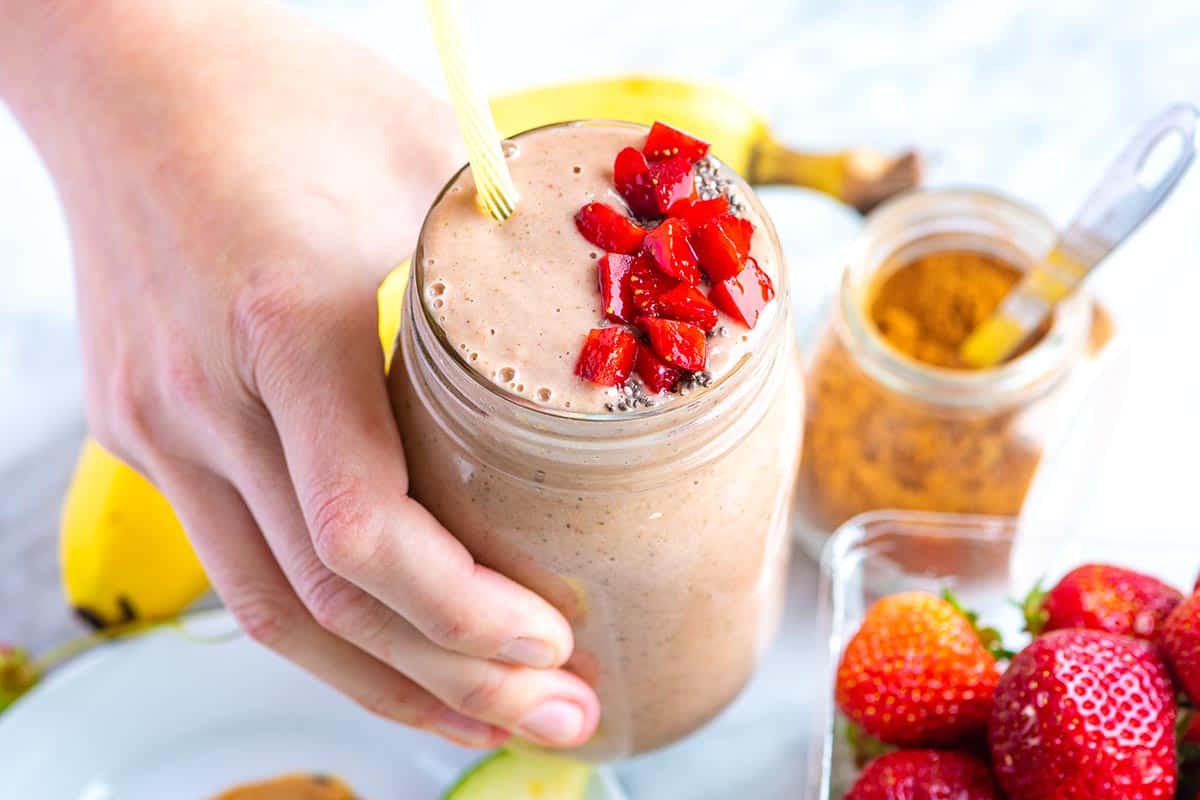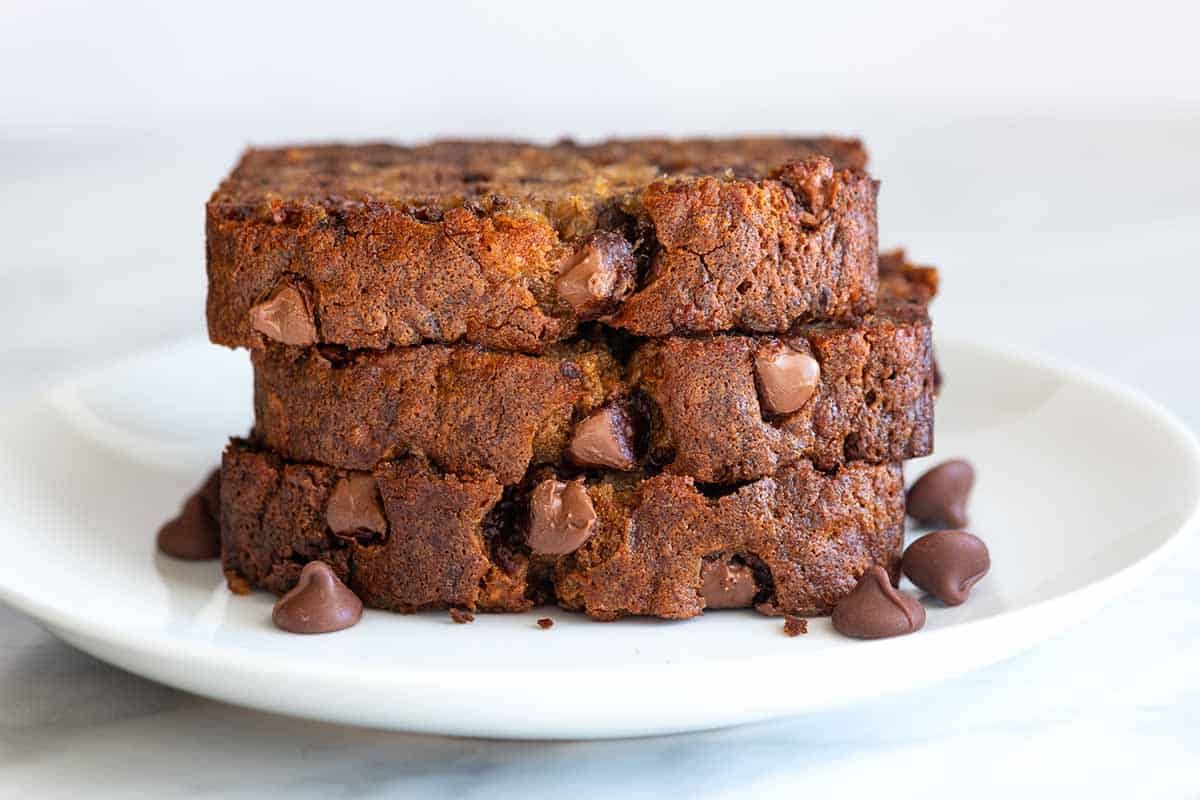Bananas: Important Facts, Health Benefits, and Recipes
Explore the health benefits, nutritional information, and various types of bananas, along with storage tips and delicious recipes featuring this versatile fruit.
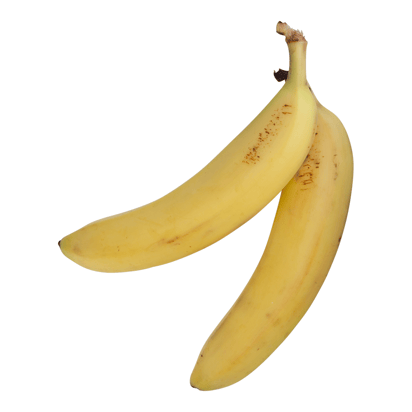
Nutritional Facts
1 medium
Amount per serving
Calories
105
Carbohydrates
27 g
Fat
0.4 g
Protein
1.3 g
Saturated Fat
0.1 g
Sodium
1.2 mg
Fiber
3.1 g
Sugar
14.4 g
Best Bananas Recipes
-
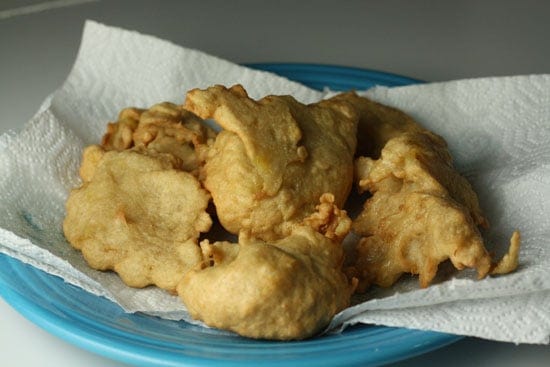
-
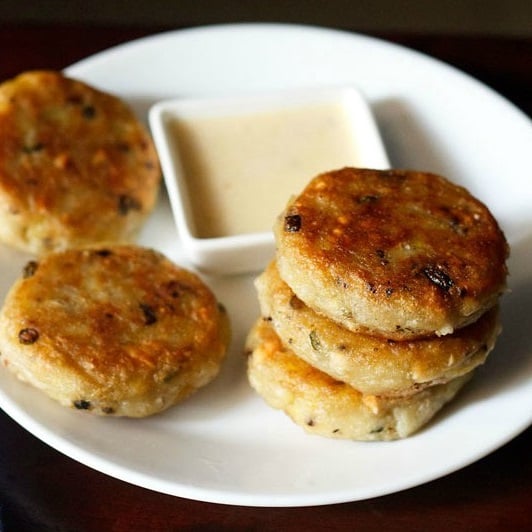
-
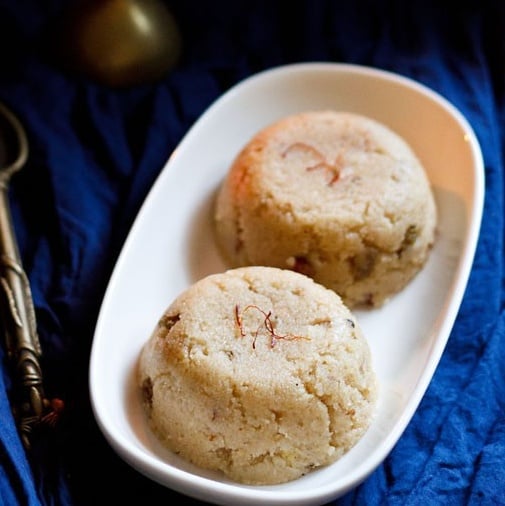
-
:max_bytes(150000):strip_icc()/BananaPancakesHERO-43fd1339425f4d40b7e74818f1e587ab.jpg)
-
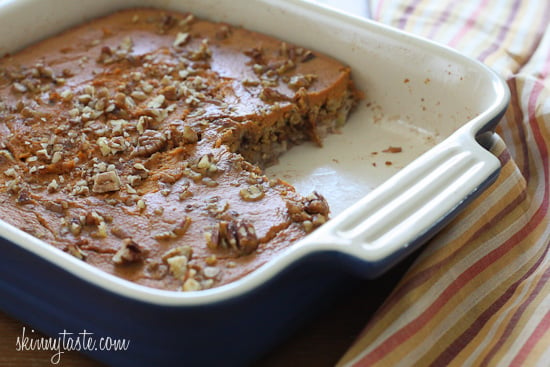
-
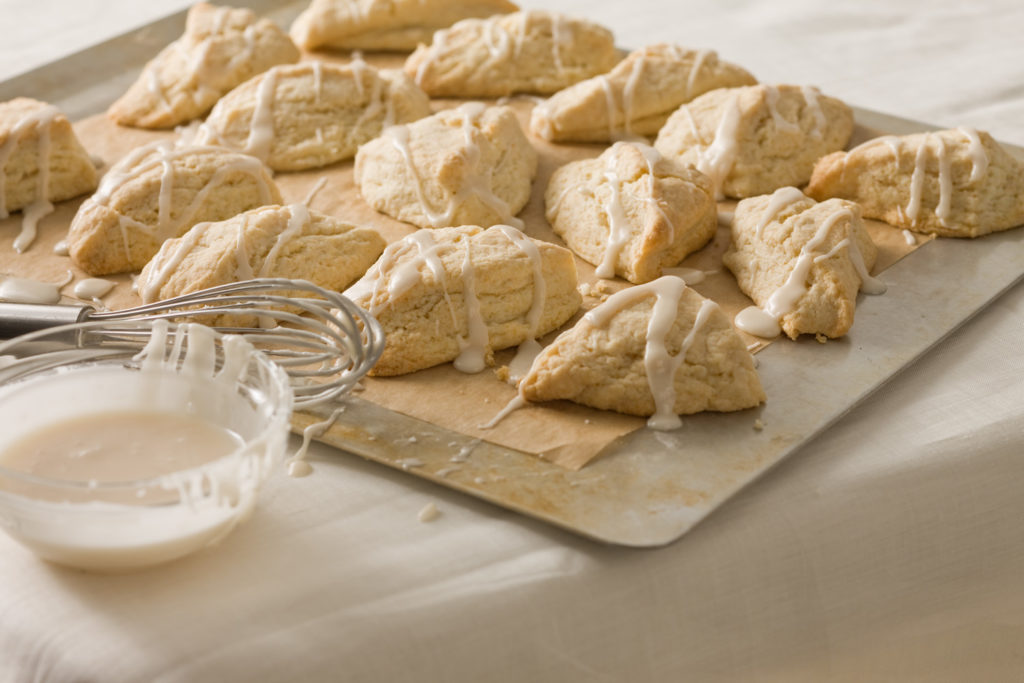
-
:max_bytes(150000):strip_icc()/chocolate-banana-fudge-horizontal-58ae01205f9b58a3c90c1786.jpg)
-
:max_bytes(150000):strip_icc()/__opt__aboutcom__coeus__resources__content_migration__serious_eats__seriouseats.com__recipes__images__2012__08__diybananaliqueur-ff212da498e74a10a43032eef3415df8.jpg)
-
![raw banana fry Image]()
-
![Halloween Banana Popsicles Image]()
-
![Banana Bread Brownies Recipe Image]()
-
![Dirty Banana Recipe Image]()
-
![Healthy Banana Nut Cookies Image]()
-
![Fried Banana Spring Rolls Image]()
-
![Almond Tapioca with Banana and Corn Image]()
-
![Vegan Banana Coconut Ice Cream Recipe Image]()
-
![Banana Nut Bread Image]()
-
![Banana Cream Pie Image]()
-
![Banana Oat Pancakes Image]()
-
![Healthy Zucchini Muffins with Chocolate Chips Image]()
-
![Healthy Banana Chocolate Chip Muffins Image]()
-
![Chocolate Mousse Pie with Pretzel Crust Image]()
-
![Cream Cheese Banana Bread Image]()
-
![Blueberry Smoothie Image]()
-
![Chocolate Chip Banana Bread (Eggless & Whole Wheat) Image]()
-
![Unniyappam Recipe Image]()
-
![Pazham Pori Image]()
-
![Wheat Appam Image]()
-
![Banana Pancakes (Whole Wheat) Image]()
-
![banana appam Image]()
-
![Vazhakkai Fry (Banana Fry) Image]()
-
![Easy Undhiyu Recipe Image]()
-
![Banana Cake (Eggless, Vegan, Whole Wheat) Image]()
-
![Banana Granola Recipe Image]()
-
![Classic Banana Bread Recipe Image]()
-
![Light and Silky Banana Crémeux Recipe Image]()
-
![No-Bake Cheesecake With Freeze-Dried Fruit Recipe Image]()
-
![Creamy Banana Pudding Recipe Image]()
-
-
-
![Ultra-Satisfying Strawberry Banana Smoothie Recipe Image]()
-
![Dreamy Chocolate Chip Banana Bread Image]()
-
![This Overripe-Banana Granola Is a Snackier Version of Your Favorite Banana Bread Recipe Image]()


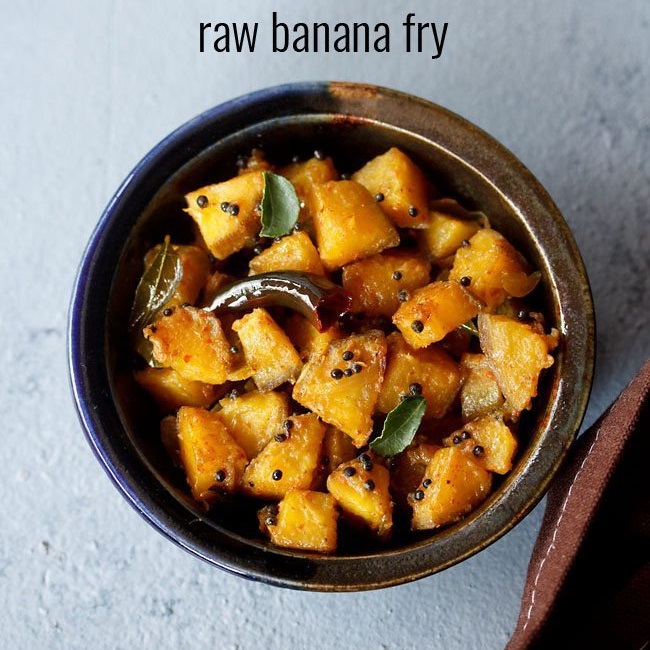

:max_bytes(150000):strip_icc()/banana-bread-brownies-recipe-5213471-hero-03-b210635cedd848b9a040608117a8b2b8.jpg)
:max_bytes(150000):strip_icc()/dirty-banana-4133904_hero-01-cd2747edb64c42c89288e2d339943ee1.jpg)
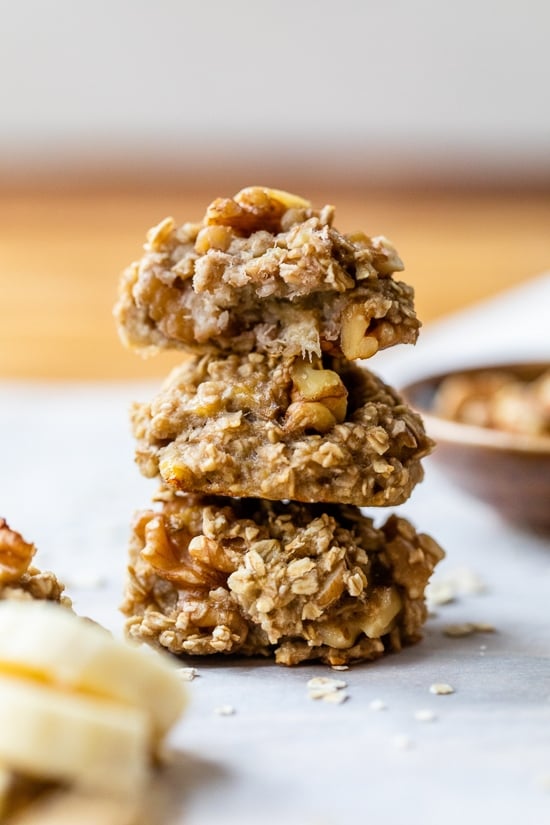
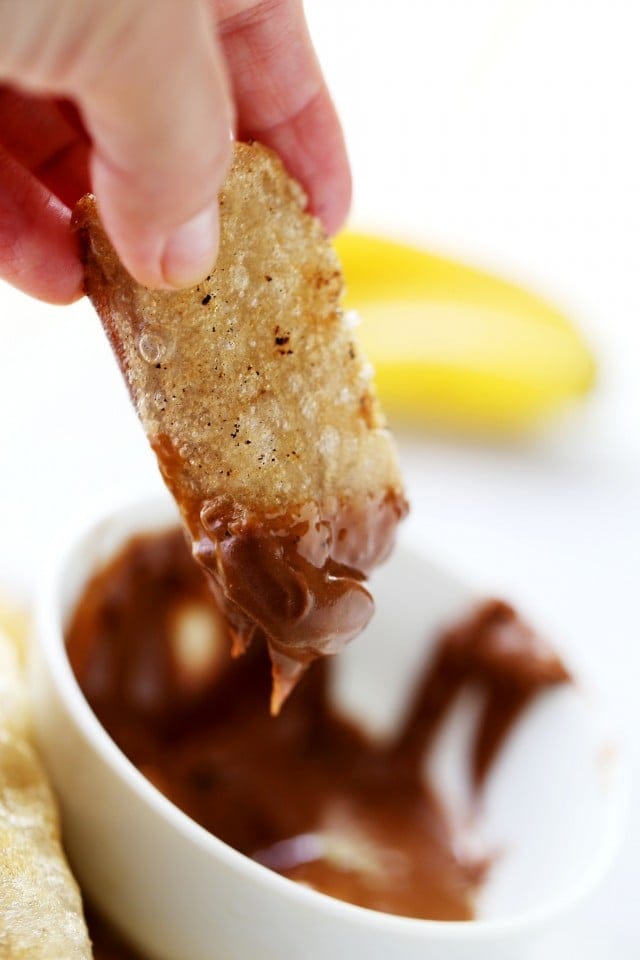

:max_bytes(150000):strip_icc()/__opt__aboutcom__coeus__resources__content_migration__serious_eats__seriouseats.com__recipes__images__2012__06__20120607-banana-coconut-ice-cream-primary-3c2de798ae6645b392fa0b85d8008782.jpg)
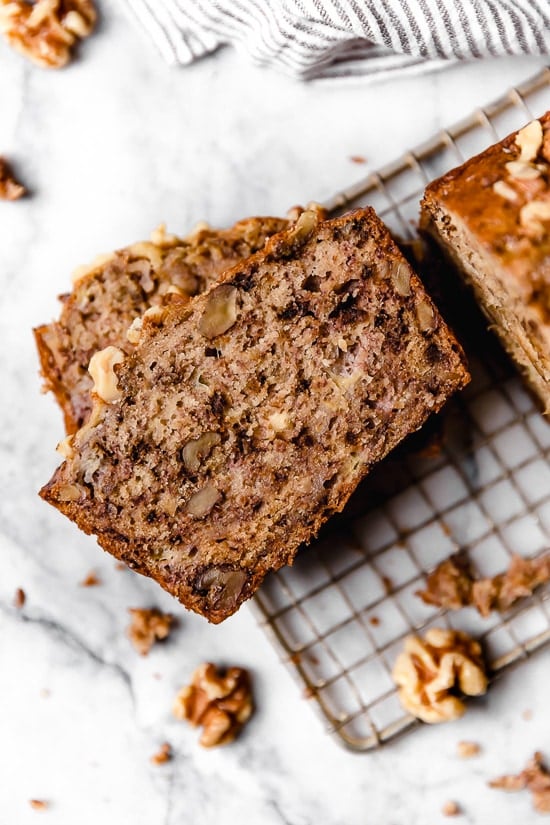




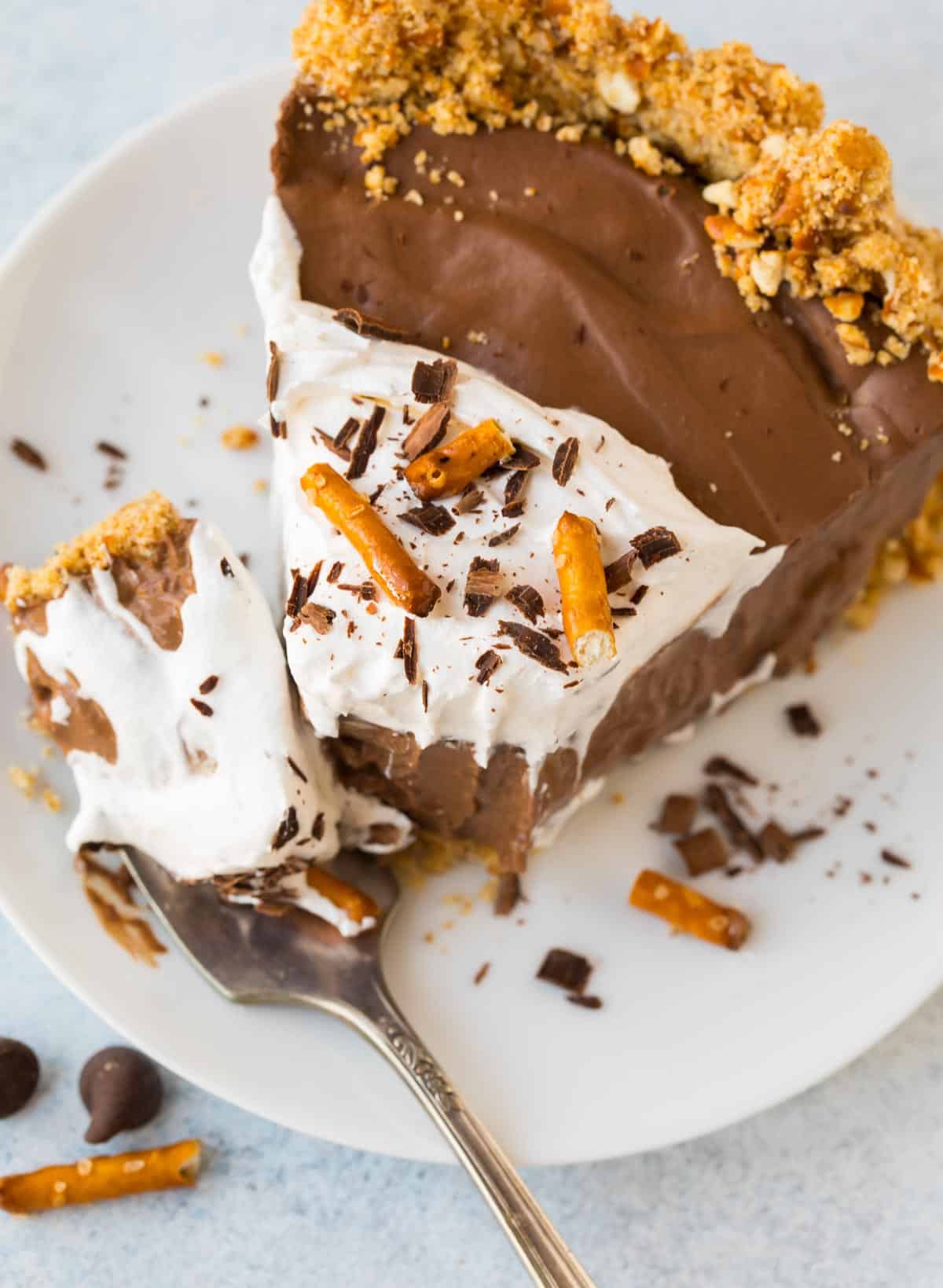


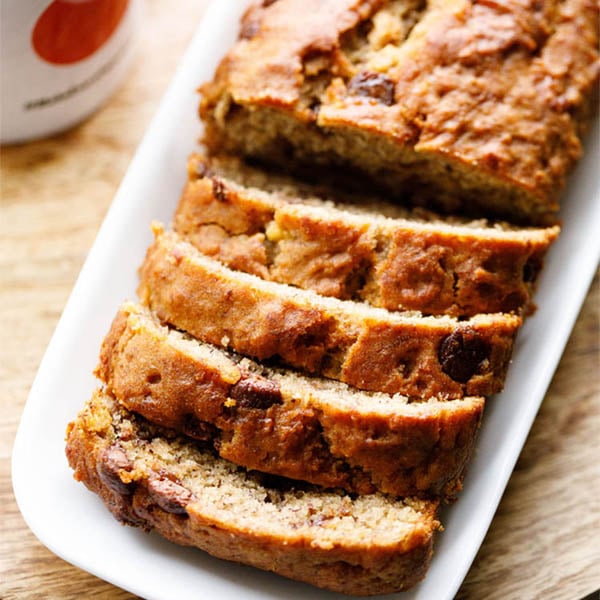

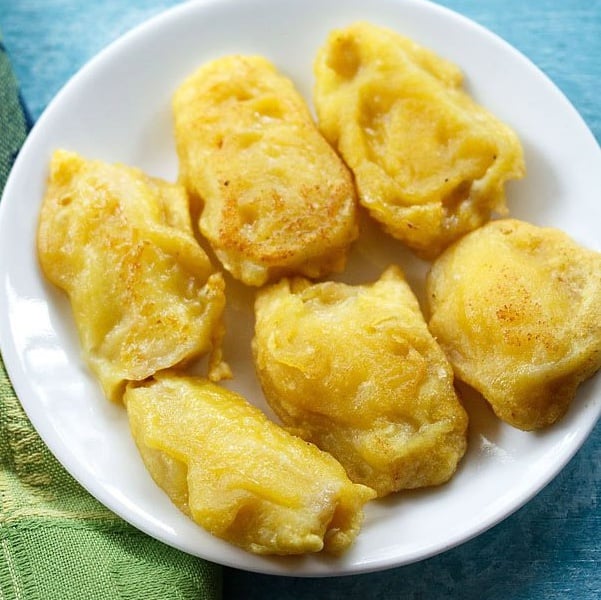
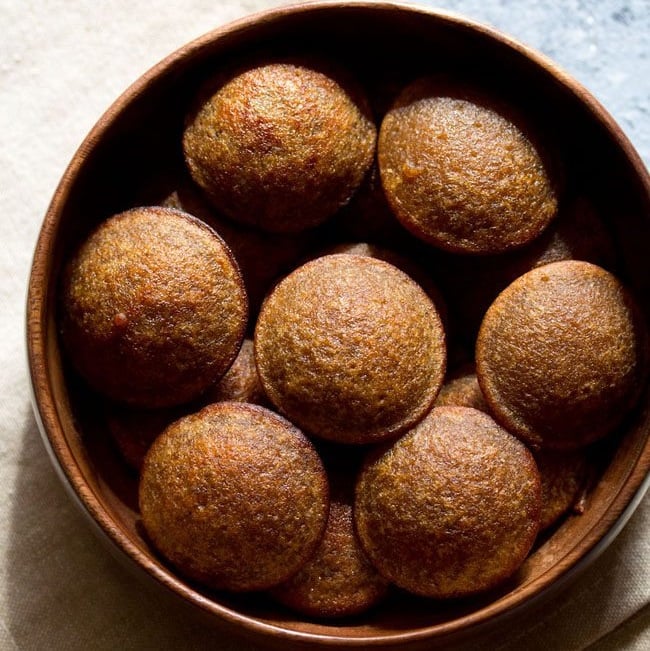
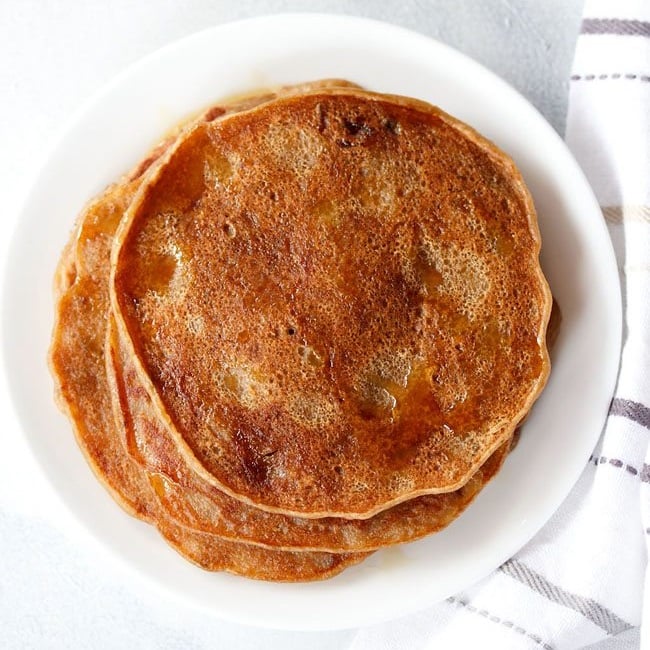
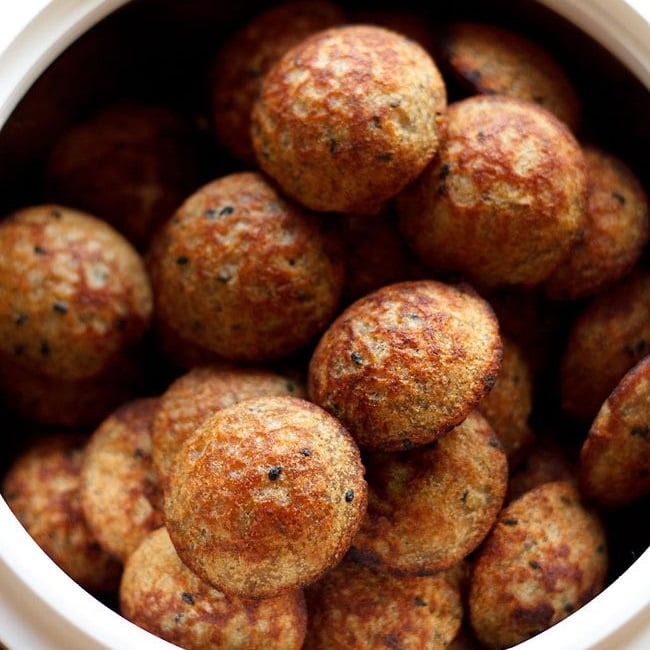
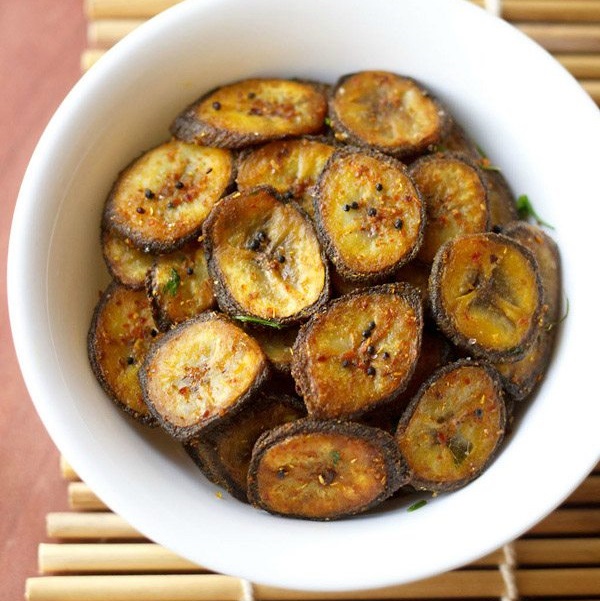
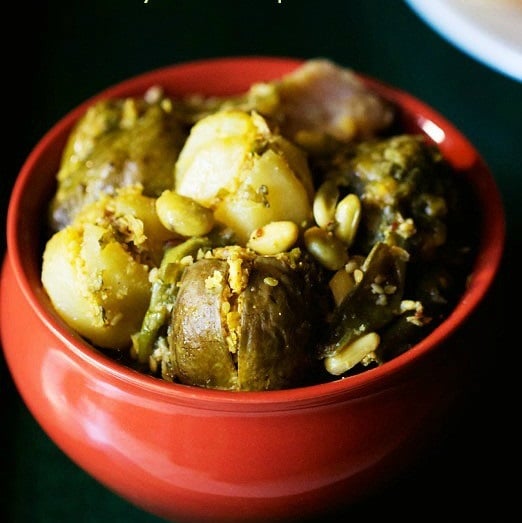
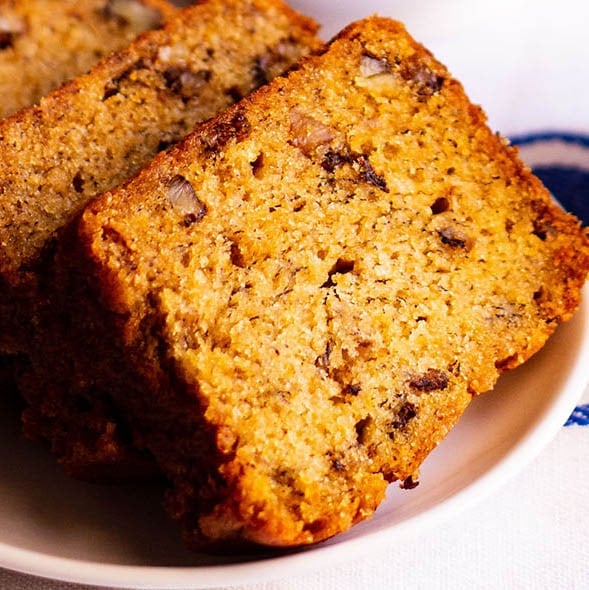
:max_bytes(150000):strip_icc()/__opt__aboutcom__coeus__resources__content_migration__serious_eats__seriouseats.com__2019__01__20181220-banana-granola-vicky-wasik-29-4f145dc76e7345c8b3e6e9356786c005.jpg)
:max_bytes(150000):strip_icc()/__opt__aboutcom__coeus__resources__content_migration__serious_eats__seriouseats.com__recipes__images__2016__09__20160826-banana-bread-vicky-wasik-17-961f09f26aa9434aa9695aa7d01f3253.jpg)
:max_bytes(150000):strip_icc()/__opt__aboutcom__coeus__resources__content_migration__serious_eats__seriouseats.com__2018__12__20181127-banana-pudding-vicky-wasik-26-9266bab46ef54f7498a1bc5c665524c4.jpg)
:max_bytes(150000):strip_icc()/__opt__aboutcom__coeus__resources__content_migration__serious_eats__seriouseats.com__2018__03__20180411-fruit-no-bake-cheesecake-vicky-wasik-26-e7f331bc5aa6481586558190aec80927.jpg)
:max_bytes(150000):strip_icc()/__opt__aboutcom__coeus__resources__content_migration__serious_eats__seriouseats.com__2018__12__20181127-banana-pudding-vicky-wasik-beauty1-7b36099e388b4774a6d70aa91bd6c8f2.jpg)
